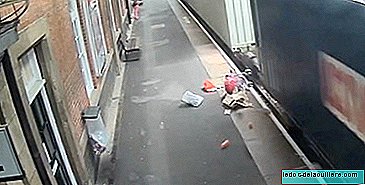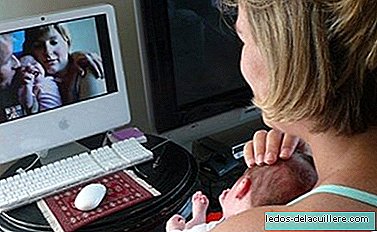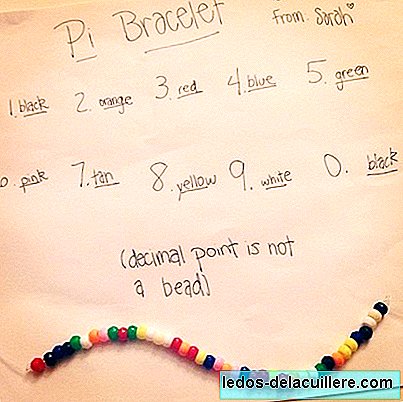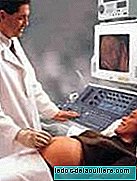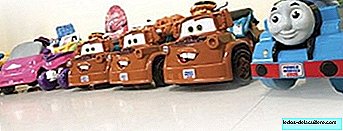
I can't imagine what it might mean for a child to have to remain tied to a wheelchair. I see my children, that even though they are relatively calm children, they do not stop still for a moment and that when they do it is an unequivocal symptom that the thermometer is going up and I don't know how they would react to the prospect of spending a few months in a chair. I know that the little ones only see the good of life, that even the greatest of disasters are able to find a glimmer of light, a sunbeam between the storm, but it is clear that not being able to move freely is a difficult situation admit and overcome.
But the parents of these children have to face another problem, the logistics, and it is not easy to find a chair adapted to the smallest and in some cases, for example, for children under two years they do not exist directly. That is why it is born Go Baby Go, the project that builds wheelchairs from toy cars.
The project is led by doctors Cole Galloway, Michele Lobo, and Sam Logan from the Pediatric Mobility Laboratory at the University of Delaware. Basically they transform or teach how to do it, the typical toy cars for children and adapt them so that they can be directed by the children themselves depending on the degree of disability they present.
Cole Galloway, project manager, knew as a physical therapist and an expert in physical development, that the first movements of a baby from one year to three are not just simple movements. This continuous movement is what babies use to get to know the world around them better, so that their brain is getting richer and forming while creating the foundations for socialization that will be so necessary in the future.
It is known that children's mental, social and emotional development is closely linked to their physical and social exploration of the world. It is thanks to these first states when our son will lay the foundations for his future.
As a clinical scientist, I want to help create a special training technology that will allow children with special needs to go wild, and for the whole family to discover the "engine" inside their children, says Galloway.
For Galloway, the gap between children of normal development and those with special needs in relation to the ability to explore their world is simply unacceptable. Therefore, it has always been dedicated to the development of mechanical systems that eliminate these barriers. One of his designs is a system that is capable of conferring mobility to a six month old baby.
High-tech + low-tech = Go-Tech
Galloway states that it was very frustrating to see how there was almost no system to help the younger children, those between the ages of zero and three, in mobility. One day he was at Toys R Us and he came up with the idea, he could apply high technology to what he calls low technology (toys) to create the Go technology. And since then they have dedicated themselves to modifying and adapting for different children, toy cars and making them an essential element to help make the life of these children as similar to that of a normal child.
The doctor states that his true mission is to study the behavior of these children once they can move on their own and thus collect data to continue studying and developing new systems to help disabled children. But all its technology is available to those who want to contact them through their facebook page.
"We make sure to stay within the functionality designed by the manufacturers, when it comes to using these cars as toys," he says. "They are not medical devices. We do not alter their use, and we do not alter the safety factors incorporated in cars. In fact, several of our modifications increase the safety of children with special needs," says Galloway.
The next step is to determine how many of the high-tech advances that have been incorporated into robotic devices developed in the laboratory can be added to the low-tech platform. Possible add-ons include force and motion sensors, GPS and other tracking performance capabilities such as on-board micro-computers and webcams. This would allow to collect a lot of information to advance the investigation.
We leave you with the video where you can see how the project works and what they do.




